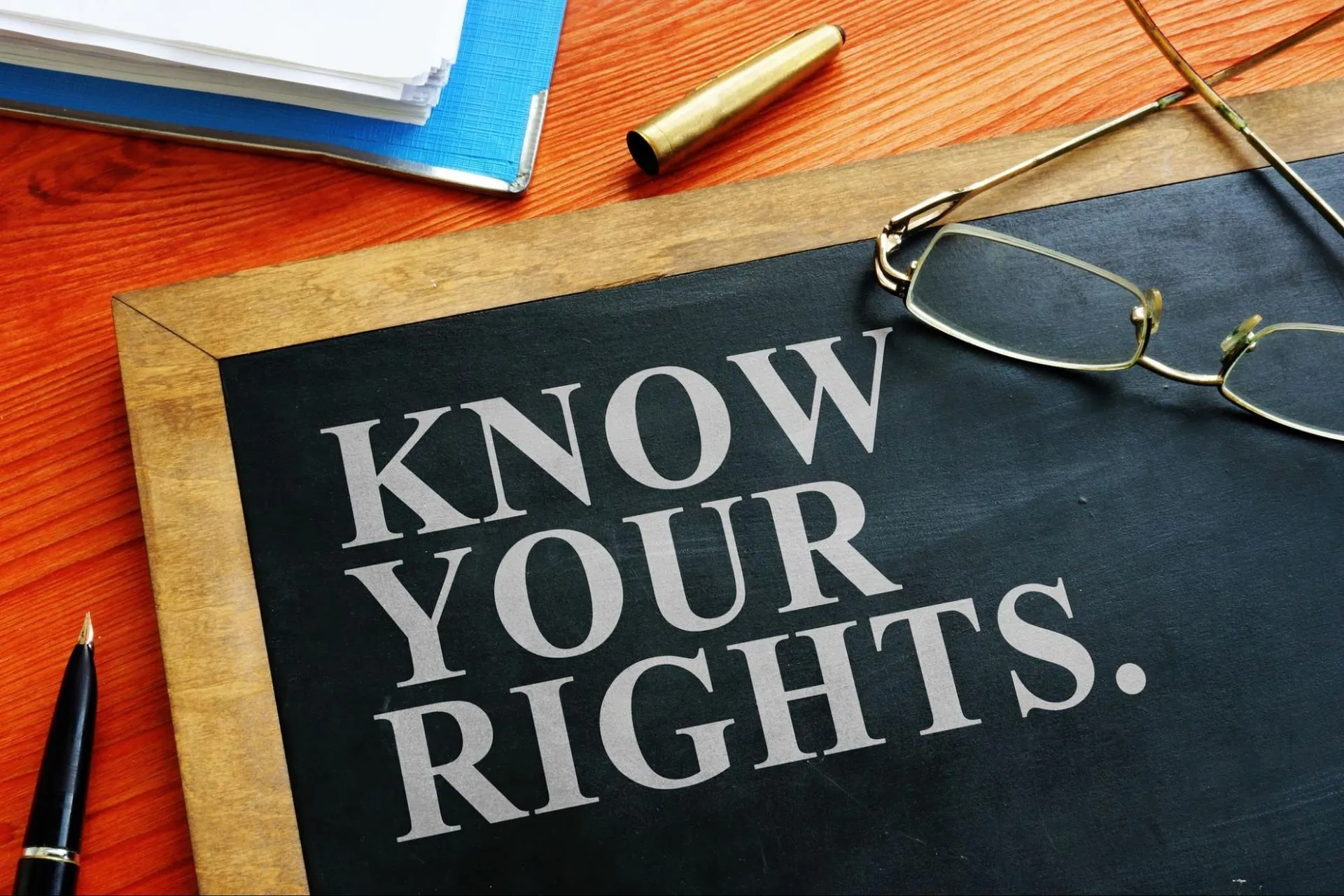Imagine you look forward to your daily work routine, but things suddenly start going south. Perhaps your duties are drastically changed, you’re bullied by a manager, or your workplace becomes so hostile that each day feels unbearable. If you’re forced to resign under such conditions, you might be facing what’s called “constructive dismissal.” But what does that mean? How does it affect your employment rights? Let’s break it down in simple terms and guide you through what you need to know.
What Is Constructive Dismissal?
Constructive dismissal happens when an employee resigns because their employer’s actions made working conditions impossible or intolerable. Rather than being directly fired, the employee feels they have no other choice but to leave.
At its core, constructive dismissal is about protecting workers from unfair treatment or drastic changes in their terms of employment. While it’s a legal concept recognized in many countries, the specifics can vary depending on where you live. In tier-1 countries like the United States, Canada, the United Kingdom, and Australia, laws exist to uphold your rights if you’re forced to quit due to your employer’s actions.
Recognizing Constructive Dismissal: Key Signs
It’s not always obvious when constructive dismissal occurs—and not every difficult workplace situation qualifies. Here are common examples that may amount to constructive dismissal:
- Significant change in job duties: Imagine being demoted suddenly or handed menial tasks that are beneath your job title.
- Cut in pay or benefits: An unjustified reduction in salary or withdrawal of promised perks can trigger constructive dismissal.
- Bullying or harassment: Repeated mistreatment, discrimination, or an unsafe work environment drive many to resign.
- Change in work location or hours: Being relocated far from home or forced into night shifts without notice or consent.
- Unreasonable disciplinary actions: Unfair investigations or criticism without basis.
- Retaliation: After reporting illegal or unethical practices, you’re suddenly “coincidentally” sidelined.
Under these scenarios, employees may claim their employer fundamentally breached the employment contract, leaving them with no real choice except to resign.
Constructive Dismissal vs. Unfair Dismissal: What’s the Difference?
Many confuse constructive dismissal and unfair dismissal. Here’s a simple breakdown:
| Aspect | Constructive Dismissal | Unfair Dismissal |
|---|---|---|
| Who initiates departure? | Employee (forced to resign by employer’s conduct) | Employer (employee is fired) |
| Main issue | Conditions or contract breach make staying impossible | Firing without fair reason |
| Legal action begins with | Employee resignation | Employer termination |
While both result in job loss, constructive dismissal is about being forced to quit, whereas unfair dismissal is about wrongful termination.
Legal Requirements for a Constructive Dismissal Claim
Key Elements You Need to Prove
To succeed in a constructive dismissal claim, there are a few vital requirements you’ll need to establish:
- Fundamental breach of contract: Did your employer’s actions violate a crucial term of your contract? This might be a written condition or an implied term like trust and respect.
- Resignation in response to the breach: You must leave your position because of the breach, not for unrelated reasons.
- Prompt resignation: Delaying your decision might suggest you accepted the new, unfavorable conditions. Acting quickly shows the breach was intolerable.
Not every grumble at work counts. If the issue can be resolved or isn’t serious, it may not amount to constructive dismissal. Legal systems require a clear, serious breach.
Common Examples and Real-Life Scenarios
Understanding theory is one thing, but seeing real-life situations helps clarify:
- Reduction in Salary Without Consent: Imagine you’re told your salary will be cut by 30% without any prior discussion.
- Toxic Work Environment: An employee faces ongoing harassment from a supervisor, and complaints are repeatedly ignored by management.
- Unilateral Job Changes: Your position changes drastically—say, from sales manager to administrative assistant—without your agreement.
- Withdrawing Key Benefits: Critical benefits, such as health insurance or company car, are suddenly removed without proper reason or notice.
If you’re in a similar situation, documenting these changes is crucial.
What Steps Should You Take If You Suspect Constructive Dismissal?
If your workplace becomes unbearable and you’re considering resignation, it’s important to act carefully. Here’s what you should do:
1. Gather Evidence
Keep records of any incidents or changes: emails, letters, altered contracts, or records of conversations. Documentation is your strongest ally in any legal dispute.
2. Raise Your Concerns Internally
Before resigning, communicate your concerns clearly with HR or management. Give them an opportunity to rectify the situation. This not only strengthens your claim but could also lead to a positive resolution.
3. Seek Legal Advice
Consult an employment lawyer before making any decisions. They can assess your situation, explain your rights, and guide you through local labor law specifics.
4. Resign—If No Resolution
If the situation doesn’t improve or becomes worse, write a formal resignation letter explaining your reasons. Make it clear that you are resigning due to the employer’s conduct or breach of contract.
Protecting Yourself: Know Your Rights
Employment laws across tier-1 countries ensure you’re not powerless against unfair treatment. Employees are generally protected under:
- Employment contracts: Both written and implied terms must be honored. Breaching these gives you legal grounds.
- Labor laws: In the US, Canada, UK, and Australia, there are laws in place to prevent workplace discrimination, uphold agreed terms, and punish wrongful actions.
- Human rights: Protection against harassment, discrimination, and retaliation.
Potential Remedies for Constructive Dismissal
If you successfully prove constructive dismissal, you could be entitled to:
- Compensation for lost wages
- Severance pay
- Reinstatement to your job (depending on jurisdiction)
- Damages for emotional distress
Remedies vary depending on your location and the specifics of your case. An employment lawyer can help you pursue the best possible outcome.
How Employers Can Avoid Constructive Dismissal Claims
While employees need protection, employers also benefit from understanding this issue to avoid costly disputes. Businesses can prevent claims by:
- Maintaining transparent communication about changes
- Seeking employee agreement before making significant alterations to contracts or job roles
- Fostering a respectful, inclusive work culture
- Handling complaints swiftly and fairly
Proactive management can keep both sides satisfied and minimize legal risks.
Frequently Asked Questions about Constructive Dismissal
Is constructive dismissal the same everywhere?
No, laws change by country and even within states or provinces. Always check local rules or consult professionals.
Can I claim constructive dismissal if I found a new job?
Yes, as long as your resignation was because of your employer’s breach. Finding a new job does not disqualify your claim.
How soon must I resign after the breach?
Act quickly. Waiting too long may mean you’re considered to have accepted the changes.
Conclusion: Empower Yourself Through Knowledge
No one should feel trapped in a toxic workplace. If your boss’s actions have made your job unbearable, remember: you have rights. Constructive dismissal laws exist to safeguard employees from unfair situations across tier-1 countries. Don’t suffer in silence—recognize the signs, document your experience, seek advice, and take decisive action if required.
Ready to protect your career and peace of mind? If you believe you’ve experienced constructive dismissal, reach out to a trusted employment lawyer today for tailored guidance. Take back control and fight for your rights!






